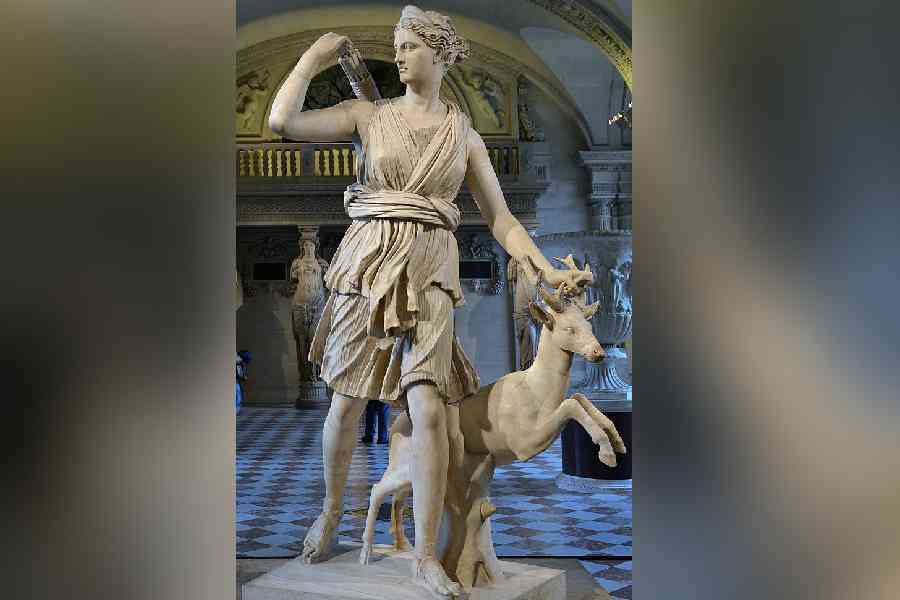Are the architects of patriarchy’s house of cards shuddering? That men hunted while women tended the hearth has been one of the most carefully-nurtured myths of human civilisation. The consequences of this mythologising are telling: values such as courage, valour and fearlessness have been associated with masculinity and menfolk have reaped the dividends of this categorisation over millennia. But now science has thrown a spanner in the works. A new study published in PLOS ONE by scientists from the Seattle Pacific University in the United States of America has shaken the very base on which this form of gender discrimination was built. There is, researchers say, mounting archaeological evidence from across human history and prehistory to show that women were big-game hunters too. What is more, women were actively involved in teaching hunting practices and often employed a greater variety of weapons and hunting strategies than men.
Ironically, what science — seemingly the most rational of disciplines — has discovered today has long been established in the magical — irrational? — realm of myths. Be it the fierce Amazonian warriors, Durga and Kali in India, or, in Greece, Artemis — the Goddess of the Hunt — myths are replete with instances of martial women who made mincemeat of their adversaries, mostly men. Science, in fact, has always cocked a snook at myths. Is that suggestive of science’s own patriarchal infection? After all, researchers at the University of California had found that for decades, scientists had under-reported, concealed and even explained away the presence of hunting tools in the graves of prehistoric women as merely ritualistic razzmatazz.
This conflicting relationship between myth and science has had interesting consequences. On the one hand, there has been, despite the best efforts of anthropologists and cultural historians, inadequate interrogation of myths as reliable tools for cultural diagnosis. On the other hand, science’s disinterest in myths has rendered them vulnerable to weaponisation to legitimise women’s oppression. The assumption that women are the masters of the home and kitchen — a cynical strategy to deny them economic agency — is quite ubiquitous in global cultures. More worryingly, modern life has begun to do its bit of turning the myth of the woman as the keeper of the hearth into reality. The World Economic Forum’s latest Global Gender Gap Report reveals that women worldwide may have to wait 131 years to achieve gender parity, that too only if remedial steps are taken on a war footing. The pandemic exacerbated these inequalities by trapping women in the role of caregivers. Women’s participation in the labour force — already a woeful percentage — fell by over 4% globally in 2020, according to the International Labour Organization. Even those women who are still in the workforce are made to bear the burden of guilt for not fulfilling their ‘natural’ responsibilities.
There is, therefore, a case for modern life to imitate myths — but in a different way. It must find ways of resurrecting Artemis — that legendary huntress — to lead the tribe of men.










